What is omnichannel retailing?
The retailing landscape has changed dramatically over the past few decades. Not too long ago, physical stores were the only way to buy products. But nowadays, with the rise of different digital channels, omnichannel shopping has slowly become a new goal for all kinds of retailers, B2C and B2B.
Meaning besides a store, channels like webshops and marketplaces are evenly important. Omnichannel retailing is about connecting these channels to offer your customer a unified experience.

The goal of omnichannel retailing is to give your customer the smoothest shopping process possible, no matter the channel(s). A customer that buys something online, and later on returns it in-store wants to (and should) experience one brand throughout the shopping experience. Also, the customer wants to be able to earn and spent loyalty points both on- and offline. Furthermore, if a certain size or colour of a product is not available in-store, shouldn’t it be possible to order and pay for the right product in-store and get it delivered at home? Connecting all your channels for sales, promotions, fulfilment, post-fulfilment and loyalty purposes is what omnichannel retailing is all about.
When you want to increase your sales, adding new sales channels can be an effective way to reach new audiences and gain new customers. Let’s discuss some examples.
Marketplaces are an interesting example of sales channels that can reach new audiences and expand your market penetration. Marketplaces are sales channels that you don’t own, but you make usage of already existing customer bases. This helps with building a reputation and reaching new audiences. It also is a great way to explore international markets without setting up an international webshop.
Social selling can be an effective channel if you know your target group spends a great amount of time on social media. Through social media, you can engage with them while promoting your products.
With an app, you’re always close to your customers. In their pockets to be exact! Besides easy access to your products, services like payment, order status or return status can be integrated into the app as well, which can be helpful for your customers and increase brand loyalty.
The fun of omnichannel retailing is that you don’t have to choose! You can add any sales channel and experiment with different techniques to find out what works best for you.
Once an order is placed through one of the many possible sales channels, the fulfilment process starts. This means that the order has to be picked and delivered to the customer. After delivery, products might need to be returned. In these stages of the buying process, omnichannel retailing also offers several options.
Most common in e-commerce is home delivery. This means that the delivery is shipped to a chosen address. But there are other fulfilment possibilities.
One of those is Click and Collect. In this structure, customers buy products online and pick them up in-store. Usually, this is faster than home delivery. Customers can quickly try out products and easily return them if necessary. Returns of online orders can be reckoned up in-store.
Check and reserve works slightly different. Customers check online whether products are on stock in their nearby shop and reserve it. Once in-store, they can check it out and buy it on the spot. This way customers usually don’t have to return products.
The key in omnichannel delivery and returns is to offer the right choice for your customer. Buying and returning should be possible, and even made easy, in every sales channel.
Brand loyalty is one of the most important aspects of e-commerce because the competition is just one click away. And just as the world of shopping has changed, so have loyalty programs. The time of stamps and loyalty cards is over, and digital loyalty programs are taking over. This is a very logical step since digital plans have some interesting features.
The first and most obvious advantage of digital loyalty plans is the possibility to automatically save loyalty credits in every sales channel. This is convenient for the retailer and the customer.
Besides saving points, the spending of points can also be made easier with digital loyalty plans, for example by providing customers with discount vouchers that can be used on orders.
A fresh take on digital loyalty plans is to give your loyal customers early access to new products or to invite them to special (online or offline) events. This draws them even closer to the event and opens an opportunity for extra sales.
Omnichannel retailing can also give you an enormous amount of interesting data. With the right technical products in place, you can track what customers do, online and in-store. For example; how fast are online purchases made? How do customers find your webshop? But also, how does a customer move in your store or does online behaviour influence the amount of store visits? It speaks for itself that you can use this data to optimize customer experiences as well as sales.
When customers are using multiple channels in one order process, they still expect an undivided shopping experience. That’s why business assets like stock levels, delivery partners and payment partners need to be integrated into one system. This way, you can for example make optimal use of your stock, by selling shop stock online, in an app or on marketplaces. Or you can smoothly and without corrections, automatically transfer change when items are returned. To execute these omnichannel activities successfully, you might need to upgrade your IT landscape. An order management system (OMS) can help you with this if it is designed for omnichannel retailing.
Switching to an omnichannel OMS isn’t a small task. Connecting all your partners and channels can be very complex. You might wonder why a retailer would start with omnichannel in the first place. The answer is easy: because the retailer has to. Consumers are expecting or even demanding different channels to buy, receive and return products. And if a retailer doesn’t match these expectations, consumers will find another one that does. But on the bright side, this also means that starting with omnichannel means starting with a strong foundation for a future with lots of possibilities.
Ready to take your next step in order management?
Book a demo to try OIL for yourself, or download the OIL info sheet.
